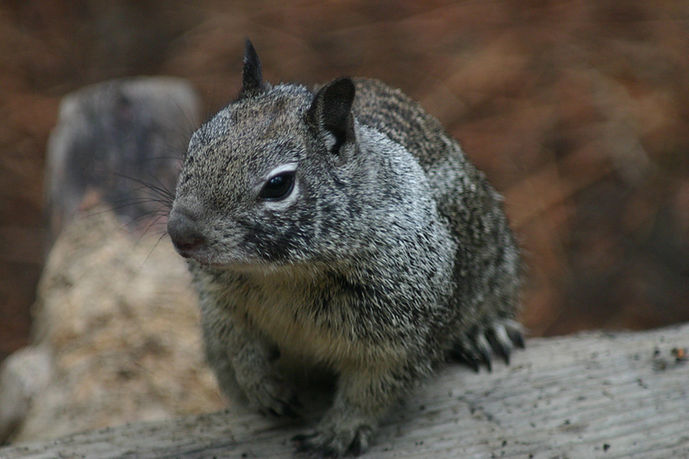


The 270-acre Catskill Biological Field Station offers a diverse range of opportunities for research, education, and outreach. On this active proving ground, museum professionals and students can observe nature, and explore advancements in field research and collecting. Unique immersive programs offer a capstone experience on historical expedition practices.
Our Story
After agricultural use for over 150 years, the Dante Family’s Top Rock Farm has been permitted to steadily revert back to forestland. The area abounds with the history of old stone walls, pastures, orchards, and bluestone quarries, and the rich wildlife found in the young forests and wetlands.
From 1859 to 1958 the property was a working dairy farm, first owned by the McFarlane family and then by the Gladstone family. The farming tradition ended with its sale to the Santini family in 1958. Since purchasing the land from the Santinis in 1983, the Dante family has cultivated this family treasure to become an overall engaging experience for those who visit by creating selective nature trails and areas for observation and recreation. It remains paramount to coexist with nature and improve wildlife habitats, thus vast swaths of land have been largely untouched.
The main property consists of approximately 170 contiguous acres located in the towns of Andes (34 acres) and Hamden (136 acres) in Delaware County, New York, on the western side of the Catskill Mountains. The property sits in what is designated as the New York City Watershed due to its proximity to Pepacton Reservoir.

Primitive Cabins
Nestled in scenic backdrops of the Catskill Mountains, this private camp contains cabins furnished as late 18th century, early 19th century outpost camps for the working naturalist. Here students experience a glimpse of what life may have been like on collecting trips during the golden age of exploration.
The lowest elevation of the property, the valley floor, accommodates a beaver pond and surrounding marsh and pasture land at an approximate elevation of 1,975 feet. The topography changes as the land ascends to the summit of mountain peaks in the east and west, creating a horseshoe shaped bowl, with the highest elevation being 2,525 feet.
The beaver pond marsh and old pastures consist of approximately 2.5 acres of wet fields and marsh. Other field or pasture land makes up about 5 more acres in the lower elevations, and about 3.5 additional acres towards the upper elevations. The remaining property consists of approximately 160 acres of mostly deciduous forest.
In addition to the natural beaver pond, the property is adorned with five additional man-made ponds ranging in size from 0.3 to 0.65 acres where aquatic life and native plants thrive.
Explore Nature
Just 150 miles from New York City, this property contains over 5 miles of hiking trails winding through varying ecosystems rich in biodiversity. Expedition classes offer students a truly genuine experience by immersing them in a unique, interactive opportunity to explore the natural world.

In 2021, a non-adjacent parcel of land roughly 2,000 feet south of the original parcel was purchased, extending Top Rock Farm. The property was a working farm as far back as 1927 when it was known as the “William Johnson Farm”. He was succeeded by the Miner family, and then from 1966 to 2019 its agricultural use was continued by the Slevin family with the harvesting of hay and bluestone.
This property consists of just over 100 acres, with about 20 acres of old pasture and fields, 5 acres of abandoned bluestone quarries, 75 acres of mixed deciduous forest and 2 acres of coniferous forest. There is an original, small, man-made pond measuring approximately 0.1 acres. The lowest corner of the property intersects a native trout stream. The property elevation at this lowest point is 1,840 feet, and climbs towards the northeast to its highest point at the approximate elevation of 2,280 feet.
To date, the original quarry road has been restored and serves as the main driveway to a new 1900 square foot facility serving as the Field Station’s work and meeting space. Gaining further access to the interior of the parcel and the perimeter was achieved by creating about 3 miles of trails.

Learn the Art
Grow and appreciate a deep understanding of how 18th century naturalists collected and preserved specimens. Each cabin is outfitted with authentic tools and equipment used in the field by these expeditioners.














